Introduction
In the evolving landscape of home construction, the terms prefab and modular often come up in discussions about modern housing solutions. Understanding prefab and modular homes is essential for potential homeowners looking to make informed decisions. With the rise of sustainable building practices and innovative designs, many are left wondering: which is better, prefab or modular homes?
Understanding Prefab and Modular Homes
Prefab homes, short for prefabricated homes, are built off-site in a factory setting before being transported to their final location for assembly. Modular homes are a subset of prefab construction, featuring sections or modules that are constructed in a factory and then assembled on-site. The key distinction lies in how each type is built and delivered, influencing everything from design flexibility to overall cost.
Key Differences Between Prefab and Modular
While both prefab and modular homes share similarities in their off-site construction methods, they differ significantly in design options and building processes. Prefab homes can include various types of structures such as panelized systems or manufactured houses, while modular homes typically consist of multiple sections that fit together seamlessly on-site. These differences can impact not only the aesthetics but also the durability and resale value of your future home.
Why the Debate Matters for Homebuyers
The debate over which is better—prefab or modular homes—holds significant weight for homebuyers who want to maximize their investment while minimizing stress during the buying process. Factors such as cost efficiency, speed of construction, and customization options play crucial roles in this decision-making journey. By understanding these distinctions through PreFab Inc., prospective homeowners can make educated choices that align with their lifestyle needs and financial goals.
What Are Prefab Homes?
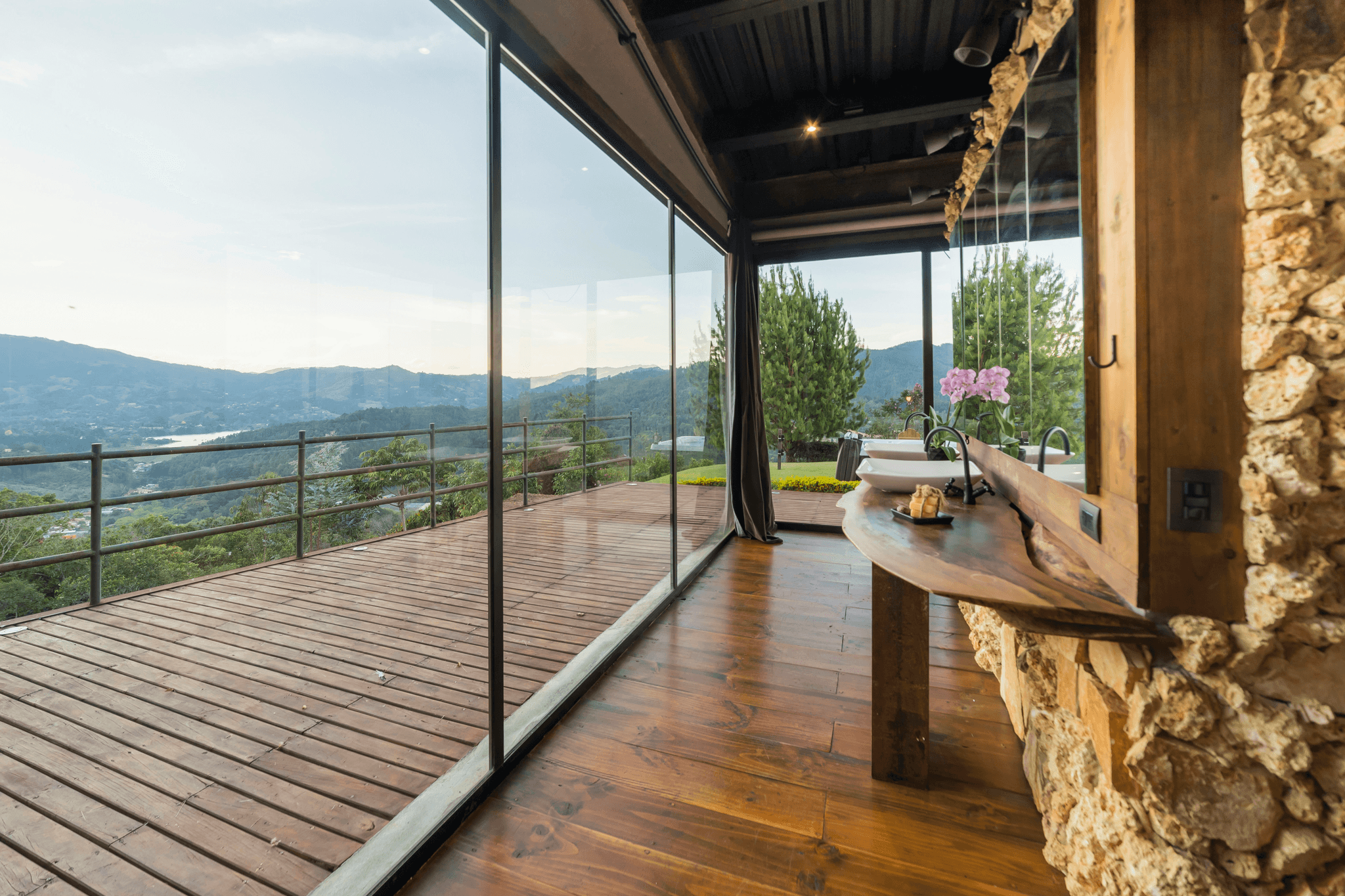
Prefab homes, short for prefabricated homes, are structures that are built off-site in a controlled factory environment before being transported to their final location. This method of construction allows for faster builds and often results in lower costs compared to traditional on-site building methods. But the question remains: which is better—prefab or modular homes? Let's dive deeper into the world of prefab.
Exploring the Definition of Prefab
At its core, a prefab home is a residence that is constructed using components manufactured in a factory setting, then assembled on-site. This definition encompasses various types of prefabricated structures, including panelized homes and manufactured houses. The beauty of prefab lies in its versatility; it can cater to different styles and budgets while maintaining quality control throughout the manufacturing process.
The Manufacturing Process Explained
The manufacturing process for prefab homes typically involves several stages: design, fabrication, and assembly. Initially, architects create detailed blueprints that are then used to construct components like walls, roofs, and floors in a factory setting. Once these parts are completed, they are transported to the building site where they are quickly assembled into a finished home—often within weeks! This efficiency raises an interesting debate about which is better: prefab or modular homes?
Popular Examples of Prefab Homes
There’s no shortage of stunning examples when it comes to prefab homes! From sleek modern designs like the iconic Blu Homes to cozy cabin-style options from companies like PreFab Inc., these structures can be as unique as their owners' tastes. Additionally, many eco-conscious brands focus on sustainability by using recycled materials and energy-efficient designs—further enhancing their appeal in today’s market.
What Are Modular Homes?
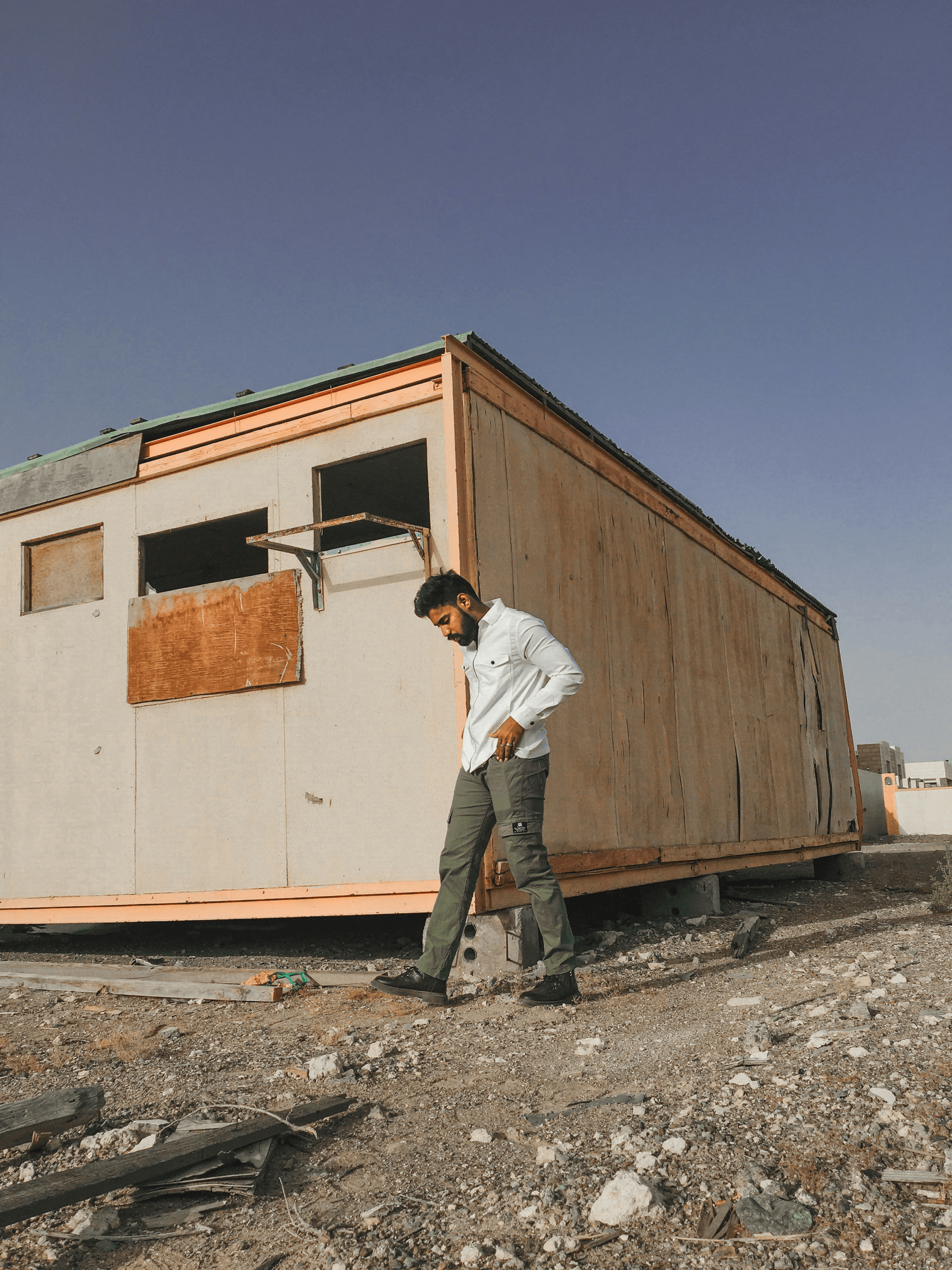
Modular homes represent a modern solution to traditional housing, combining efficiency with innovative design. They are constructed in sections or modules in a factory setting before being transported and assembled on-site. This method not only accelerates the building process but also adheres to stringent quality standards, making them an appealing choice for many homebuyers wondering which is better: prefab or modular homes.
Defining Modular Homes Clearly
At their core, modular homes are prefabricated structures built in sections that can be customized according to the homeowner's specifications. Unlike traditional homes that are built entirely on-site, modular homes consist of multiple modules that are manufactured off-site and then transported for assembly. This distinction is crucial when considering which is better: prefab or modular homes, as it highlights the unique construction approach of modular designs.
How Modular Homes are Built
The construction of modular homes follows a systematic process that ensures quality and efficiency at every stage. Initially, the design phase involves collaboration between architects and builders to create a blueprint tailored to the homeowner’s vision. Once approved, modules are constructed in a controlled factory environment, allowing for faster build times and reduced weather-related delays compared to conventional building methods—an essential factor when evaluating which is better: prefab or modular homes.
After manufacturing the modules, they are transported to the building site where they are carefully assembled by skilled workers. The final steps involve connecting utilities and finishing touches that complete the home’s interior and exterior aesthetics. This streamlined approach not only saves time but also often results in lower costs—especially when working with companies like PreFab Inc., known for their efficient processes.
Leading Brands in Modular Construction
When it comes to choosing a modular home, several brands stand out due to their reputation for quality and innovation within the industry. Companies such as Blu Homes and Method Homes have gained recognition for their eco-friendly designs and sustainable practices that appeal to environmentally conscious buyers contemplating which is better: prefab or modular homes.
PreFab Inc., too, deserves mention; they offer customizable options that cater specifically to various lifestyles while maintaining high standards of craftsmanship throughout their production process. As you explore your options in modular construction, consider these leading brands as potential partners on your journey toward homeownership.
Cost Analysis: Prefab vs. Modular
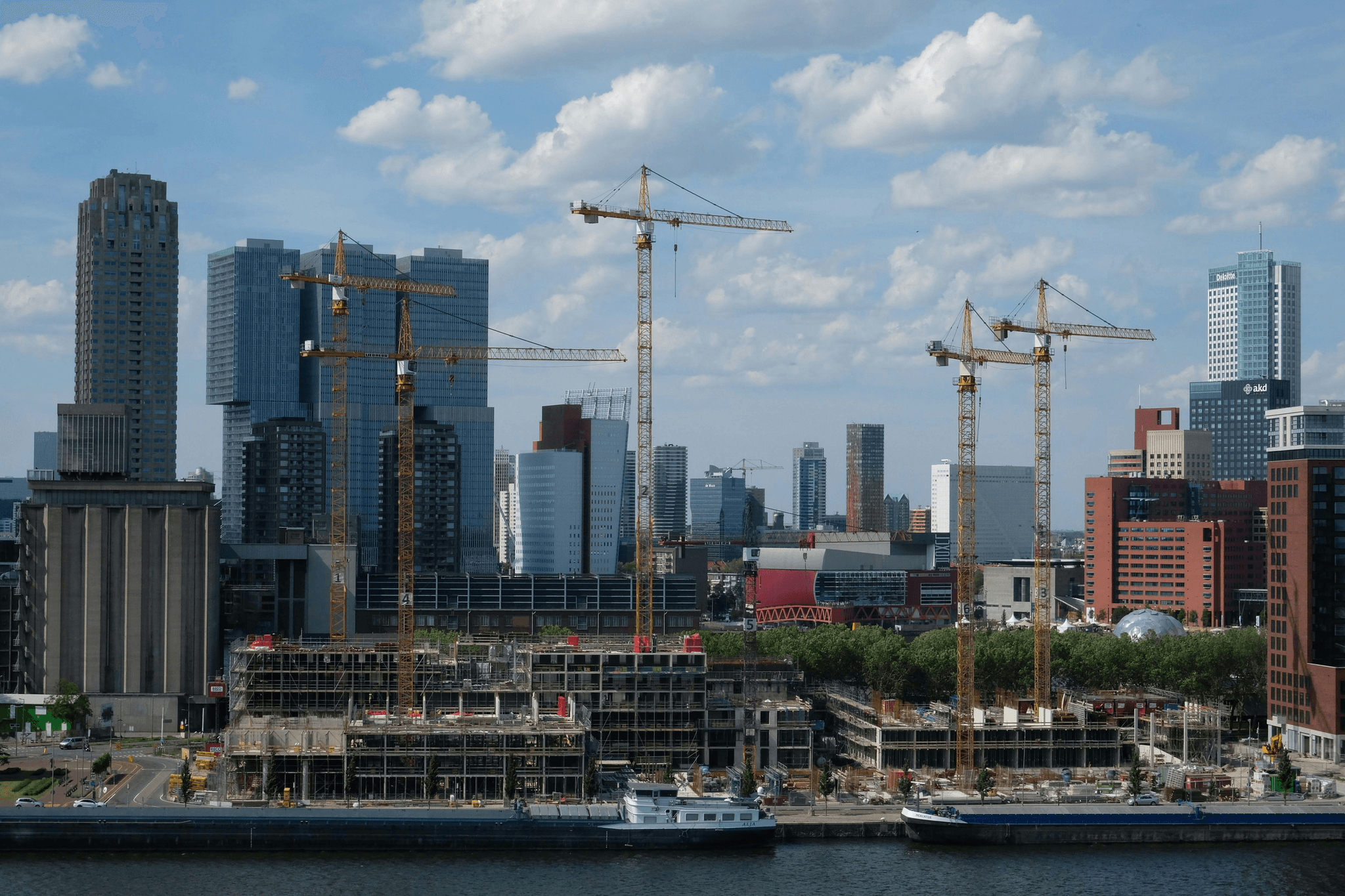
When it comes to the financial aspect of homebuilding, understanding the cost differences between prefab and modular homes is crucial for prospective buyers. The question which is better, prefab or modular homes? often hinges on these costs. Both options offer unique advantages and potential pitfalls that can significantly impact your wallet.
Comparing Construction Costs
Prefab homes typically boast lower upfront construction costs compared to traditional builds, thanks to streamlined manufacturing processes and bulk purchasing of materials. However, modular homes often provide a more tailored approach, which can lead to variations in pricing depending on customization levels. When weighing which is better—prefab or modular homes—consider not just the initial expenses but also how those costs align with your long-term goals as a homeowner.
Long-Term Value Considerations
Long-term value is another critical factor in the prefab versus modular debate. Prefab homes are generally designed for efficiency and durability, which can translate into lower maintenance costs over time; however, they may lack some resale value compared to custom-built modular options that appeal more directly to buyer preferences. By examining the long-term implications of each choice, you can make a more informed decision about which is better: prefab or modular homes.
Financial Benefits of PreFab Inc. Solutions
At PreFab Inc., we pride ourselves on offering financial solutions that enhance both affordability and value for our clients interested in prefab housing options. Our unique approach allows buyers to enjoy significant savings without sacrificing quality or design flexibility while navigating the question of which is better: prefab or modular homes? With our competitive pricing and innovative designs, PreFab Inc. helps you achieve your dream home without breaking the bank.
Design Flexibility: A Comparative Look
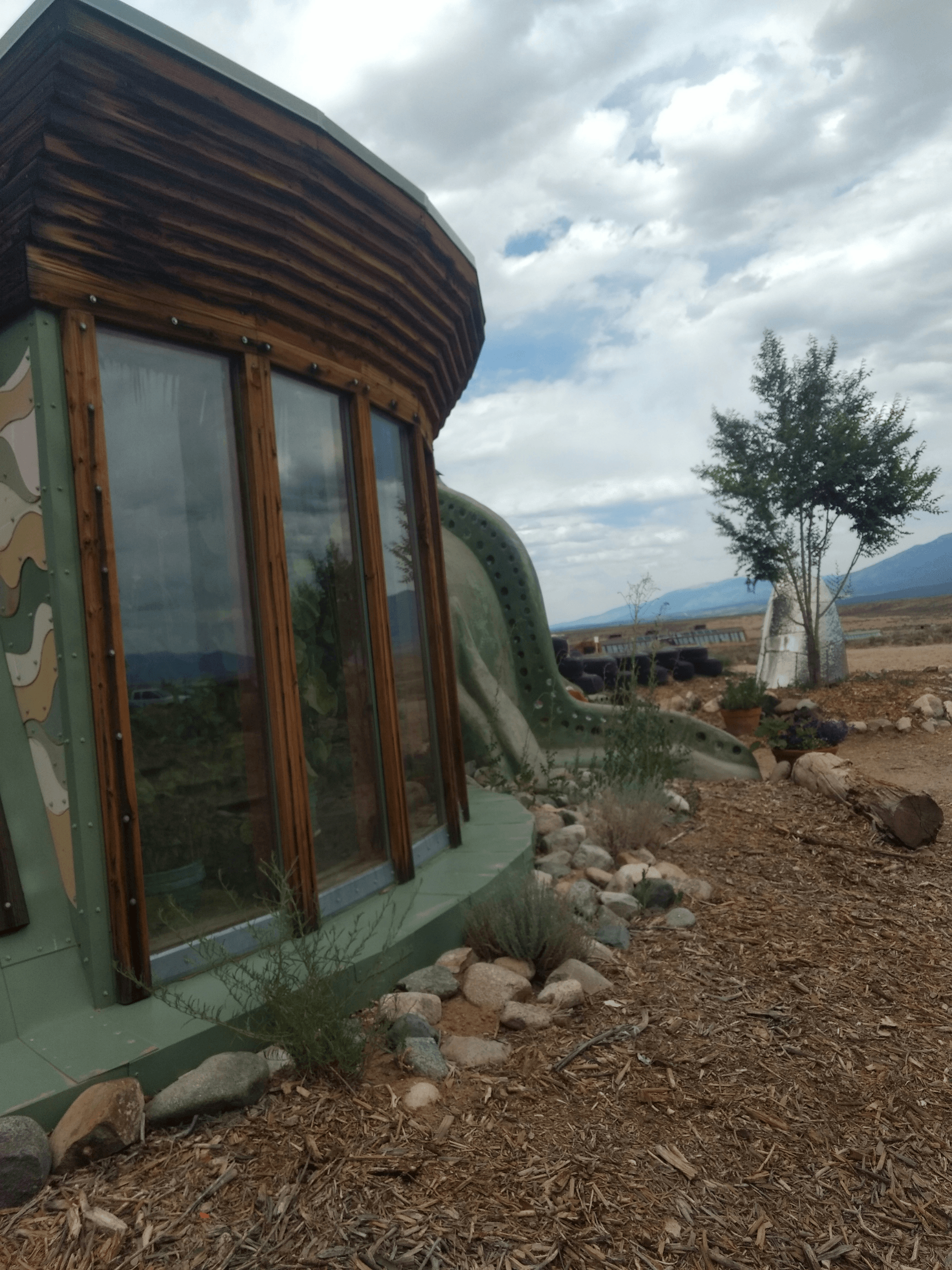
When it comes to deciding which is better, prefab or modular homes, design flexibility plays a pivotal role. Both types of homes offer unique advantages in customization, but they differ significantly in execution and options available. Understanding these differences can help homebuyers make informed choices that align with their needs and preferences.
Customization Options for Prefab Homes
Prefab homes are often celebrated for their extensive customization options. Homebuyers can choose from a variety of designs, layouts, and finishes to create a space that truly reflects their personality and lifestyle. With PreFab Inc., customers can explore innovative designs that allow for adjustments in room sizes, exterior aesthetics, and even eco-friendly features—making it easier than ever to tailor a home to individual tastes.
However, while prefab homes provide ample customization opportunities, they may have limitations based on the manufacturer’s offerings. Some companies focus on specific styles or materials which could restrict certain design elements unless you’re willing to pay extra for custom modifications. Thus, when weighing which is better—prefab or modular homes—consider how customizable you want your space to be.
Modular Design Variability
In contrast to prefab homes, modular homes offer a different kind of design variability that often appeals to those looking for efficiency without sacrificing style. Modular construction involves building sections or modules off-site before transporting them to the final location for assembly. This method allows builders greater control over the construction process while still providing options for various floor plans and architectural styles.
One advantage of modular design is its inherent adaptability; modules can be combined in numerous ways to create larger or more complex structures as needed. Additionally, many manufacturers now provide a range of modern designs that cater to diverse tastes—from sleek contemporary styles to cozy traditional looks—ensuring there's something for everyone who asks themselves which is better: prefab or modular homes?
Notable Design Trends in the Industry
As both prefab and modular housing continue evolving, several notable design trends have emerged that reflect changing consumer preferences and technological advancements in the industry. Sustainable living has become increasingly popular; many homeowners are now prioritizing energy-efficient designs with solar panels and green materials regardless of whether they choose a prefab or modular home.
Another trend gaining traction is open-concept living spaces that promote social interaction while maximizing natural light—a feature easily integrated into both building types through thoughtful planning by companies like PreFab Inc. Finally, smart home technology integration has made its way into new constructions as well; from automated lighting systems to advanced security features, today's buyers are looking for tech-savvy solutions no matter which option they choose.
Ultimately, understanding these design trends will help prospective homeowners navigate the question of which is better: prefab or modular homes? The right choice will depend on personal preferences regarding style flexibility and desired features within one’s future abode.
Building Timeframes: Speed Matters
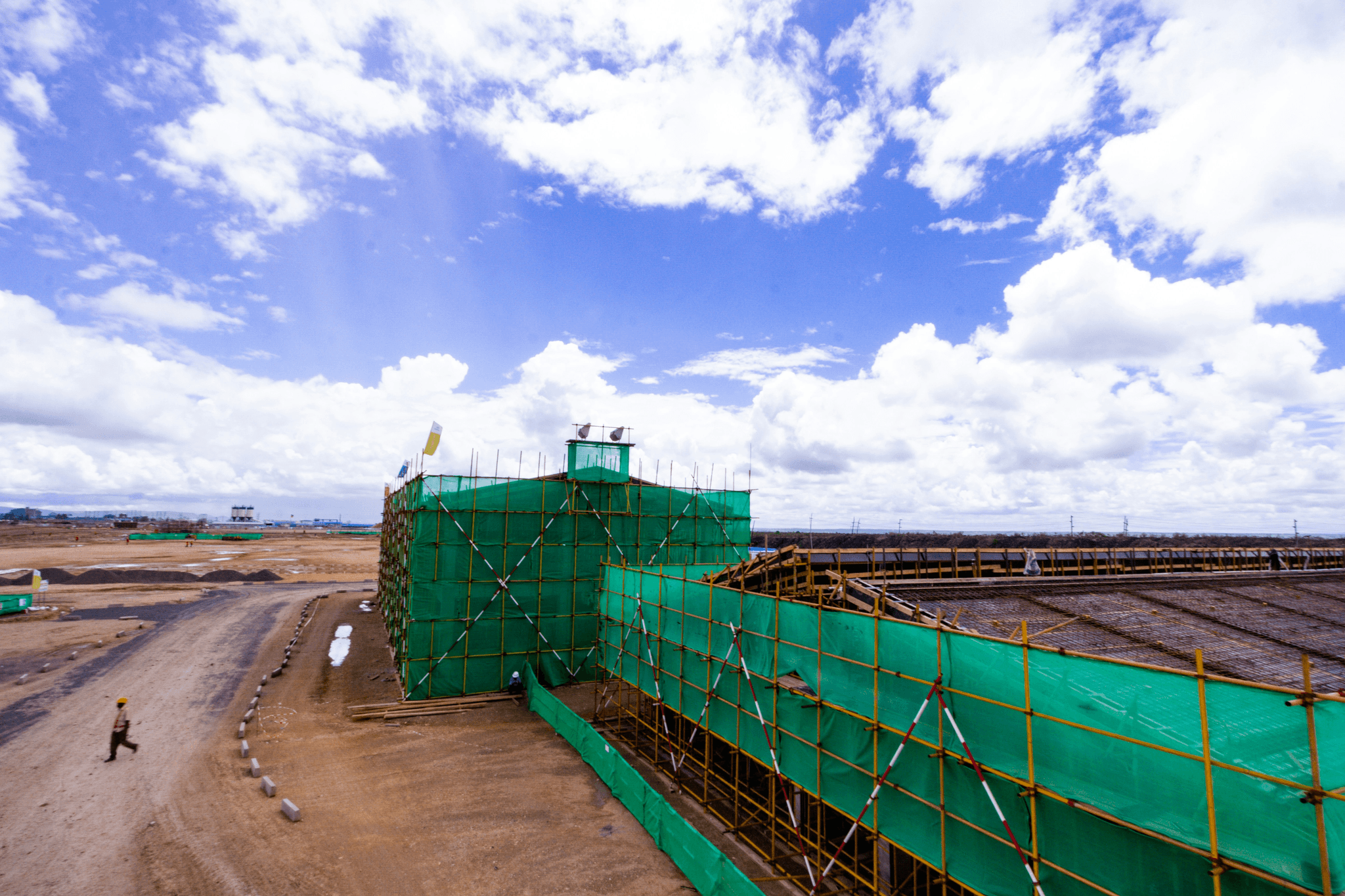
When it comes to building a home, time is often of the essence. Homebuyers are increasingly looking for ways to expedite the construction process without sacrificing quality, and that's where prefab and modular homes shine. Understanding how these two types of homes affect building timeframes can help you decide which is better: prefab or modular homes.
How Prefab Homes Reduce Build Time
Prefab homes are designed with efficiency in mind, allowing for quicker assembly compared to traditional construction methods. These homes are manufactured in a controlled environment, which means that weather delays and other on-site issues are minimized. As a result, the overall build time can be significantly reduced, often completing in just a few months—perfect for those eager to move into their new abode.
Moreover, because many components of prefab homes come pre-assembled or ready to install, contractors can focus on putting everything together rather than starting from scratch. This streamlined process not only saves time but also reduces labor costs—something every budget-conscious homebuyer appreciates! So when debating which is better: prefab or modular homes, remember that speed is one major advantage of going prefab.
Modular Construction Timelines
Modular homes also boast impressive timelines thanks to their unique building processes. Like prefab homes, modular houses are constructed off-site in sections (or modules) before being transported and assembled on your property. This method can cut down construction time dramatically; many modular builds can be completed within three to six months depending on complexity.
Additionally, once the modules arrive at the site, they’re quickly assembled by skilled crews who have experience with this type of construction. The quick turnaround means that homebuyers don’t have to endure lengthy waiting periods while dreaming about their future home—a significant perk when considering whether prefab or modular options suit your needs better!
The Impact on Homebuyers' Needs
For many homebuyers today, the need for speed in construction cannot be overstated. Fast-paced lifestyles demand quick solutions; thus understanding whether prefab or modular homes fit these criteria is essential when making a choice. PreFab Inc., for instance, specializes in delivering high-quality prefabricated solutions that meet urgent housing demands without compromising design integrity.
The reduced building times associated with both types of homes cater perfectly to those who may be relocating for work or simply want to settle into their new space sooner rather than later. Ultimately, evaluating how each option aligns with your timeline will help clarify which is better: prefab or modular homes? Speed matters more than ever in today’s housing market!
Conclusion

Navigating the world of homes can feel like a maze, especially when it comes to understanding the differences between prefab and modular options. Both types offer unique benefits and challenges, leaving many to ponder the question: which is better, prefab or modular homes? Ultimately, the choice will depend on your specific needs, preferences, and budget.
Key Takeaways on Prefab and Modular
Prefab homes are constructed off-site in a factory setting before being transported to their final location. This method allows for faster build times and often lower costs. On the other hand, modular homes are built in sections that are then assembled on-site, providing a level of customization that appeals to many buyers—so again we circle back to which is better: prefab or modular homes?
Both options have distinct advantages; prefab homes tend to be more cost-effective due to their streamlined manufacturing process, while modular homes offer greater design flexibility. Understanding these differences helps potential homeowners make informed decisions based on their lifestyle needs and financial goals. Remember that PreFab Inc. specializes in delivering high-quality prefab solutions tailored for modern living.
Making an Informed Choice for Your Future
Choosing between prefab and modular requires careful consideration of your long-term plans as a homeowner. Think about factors such as budget constraints, desired aesthetics, and how much flexibility you want in your design choices. As you weigh your options—again addressing which is better: prefab or modular homes—it's essential to consider how each type aligns with your lifestyle.
PreFab Inc. provides resources that can help guide you through this decision-making process with ease. Whether you're looking for quick construction timelines or unique architectural designs, knowing what each option offers will empower you to make an informed choice that suits your future needs perfectly.
The Future of Housing: Innovations Ahead
As technology continues to evolve, both prefab and modular housing solutions are becoming increasingly sophisticated and sustainable. Innovations such as eco-friendly materials and smart home features are transforming how we think about living spaces—making them not only more efficient but also more enjoyable places to call home. So when pondering which is better: prefab or modular homes? Consider how these advancements could fit into your vision of modern living.
With companies like PreFab Inc., the future looks bright for those seeking innovative housing solutions without sacrificing quality or style. Embracing these new technologies will not only change individual lives but also contribute positively toward sustainable development in our communities at large.

